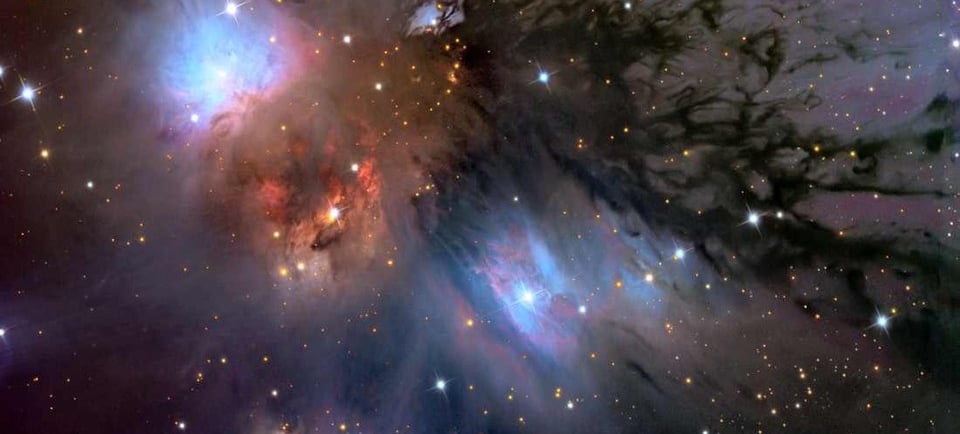NGC 2170: Angel Nebula


Introduction to the Angel Nebula
The Angel Nebula, scientifically designated as NGC 2170, is a remarkable reflection nebula located approximately 2,700 light-years away in the constellation Monoceros. This stunning celestial structure offers a captivating glimpse into the nurturing environment of star formation, revealing intricate details that pique the interest of astronomers and astrophotographers alike.
The Nature of Reflection Nebulae
Reflection nebulae, such as NGC 2170, differ distinctly from other types of nebulae due to their interaction with nearby stars. Unlike emission nebulae, which glow due to ionization from hot stars, reflection nebulae shine by reflecting the light emitted from these stars. This process creates a visually striking image, often characterized by hues of blue and other colors that arise from the scattering of light within the dust and gas that composes the nebula.
Observing NGC 2170
For astrophotographers and enthusiasts eager to observe the Angel Nebula, NGC 2170 is best viewed during the winter months when the constellation Monoceros is most prominent in the night sky. Using a telescope equipped with sufficient aperture (at least 4 inches is recommended), observers can appreciate the nebula's subtle beauty. While it may not appear as bright as other nebulae, the delicate wisps of dust and star-forming regions can be discerned, especially with the aid of long-exposure photography techniques.
Moreover, NGC 2170 is situated near several other notable celestial objects in Monoceros, making it an attractive target for amateur astronomers looking to broaden their observations. This reflection nebula is not only a stunning visual spectacle but also a subject of ongoing scientific study as researchers seek to understand more about star formation processes within these fascinating cosmic landscapes.
Conclusion
The Angel Nebula, or NGC 2170, serves as a stellar reminder of the wonders present in our universe. At 2,700 light-years away, it not only captivates with its beauty but also plays a crucial role in the cosmic tapestry of star formation. As we continue to explore the skies, objects like the Angel Nebula inspire future generations of astronomers and enthusiasts, fostering a deeper appreciation for the complexities of the cosmos.
